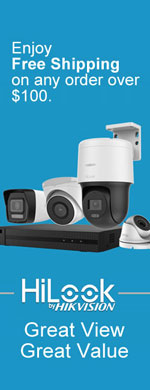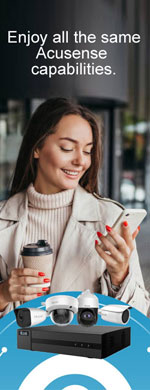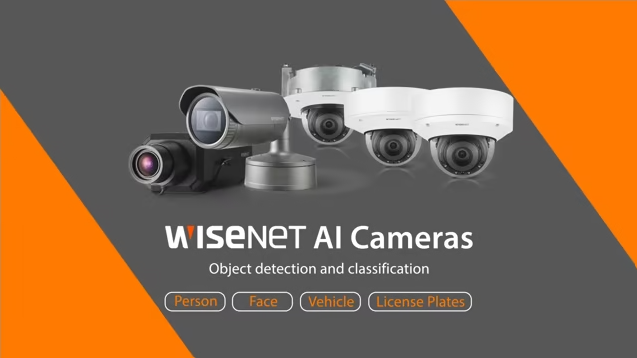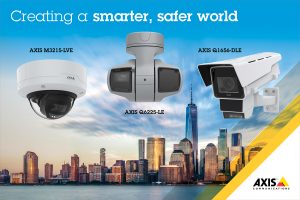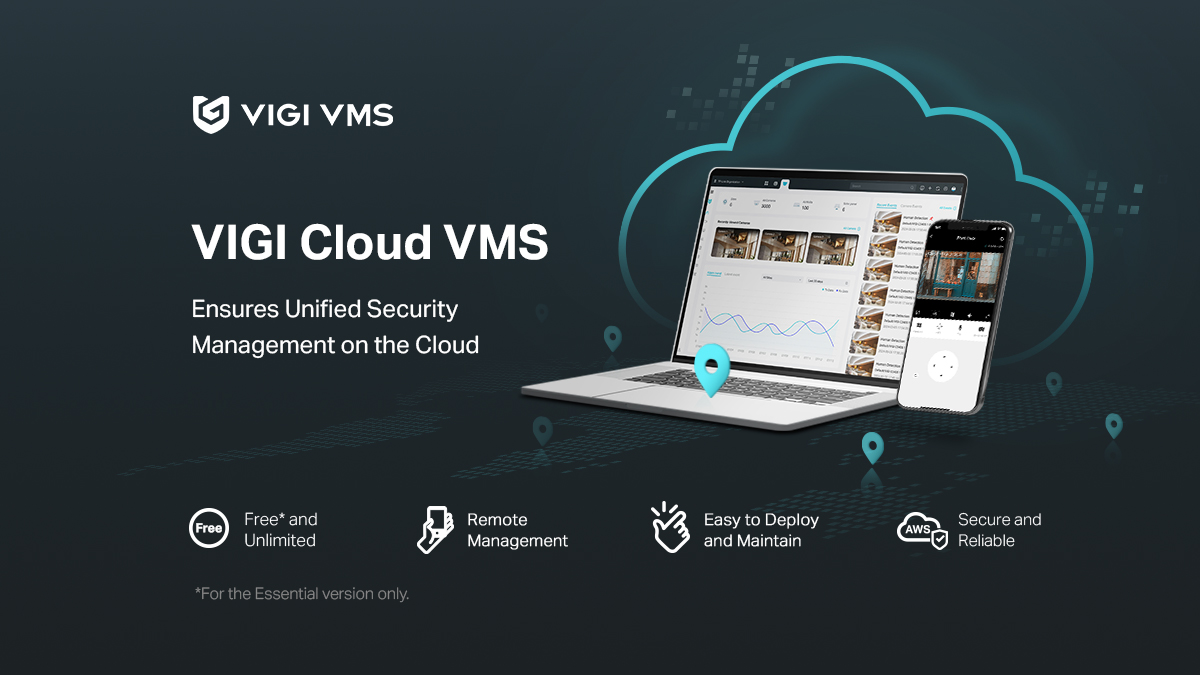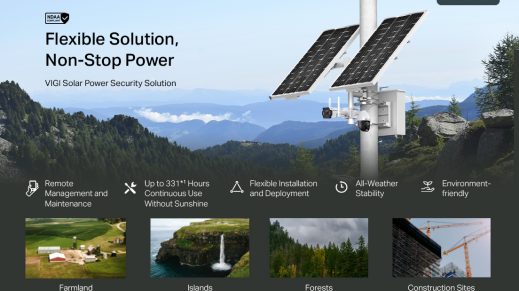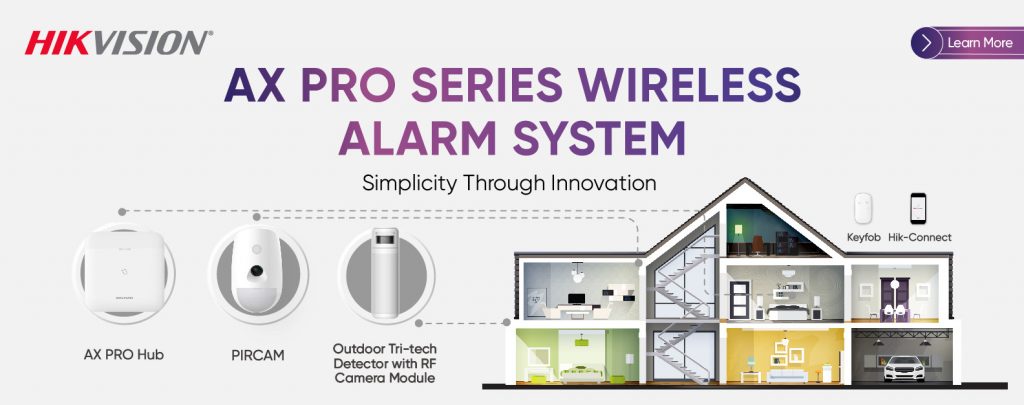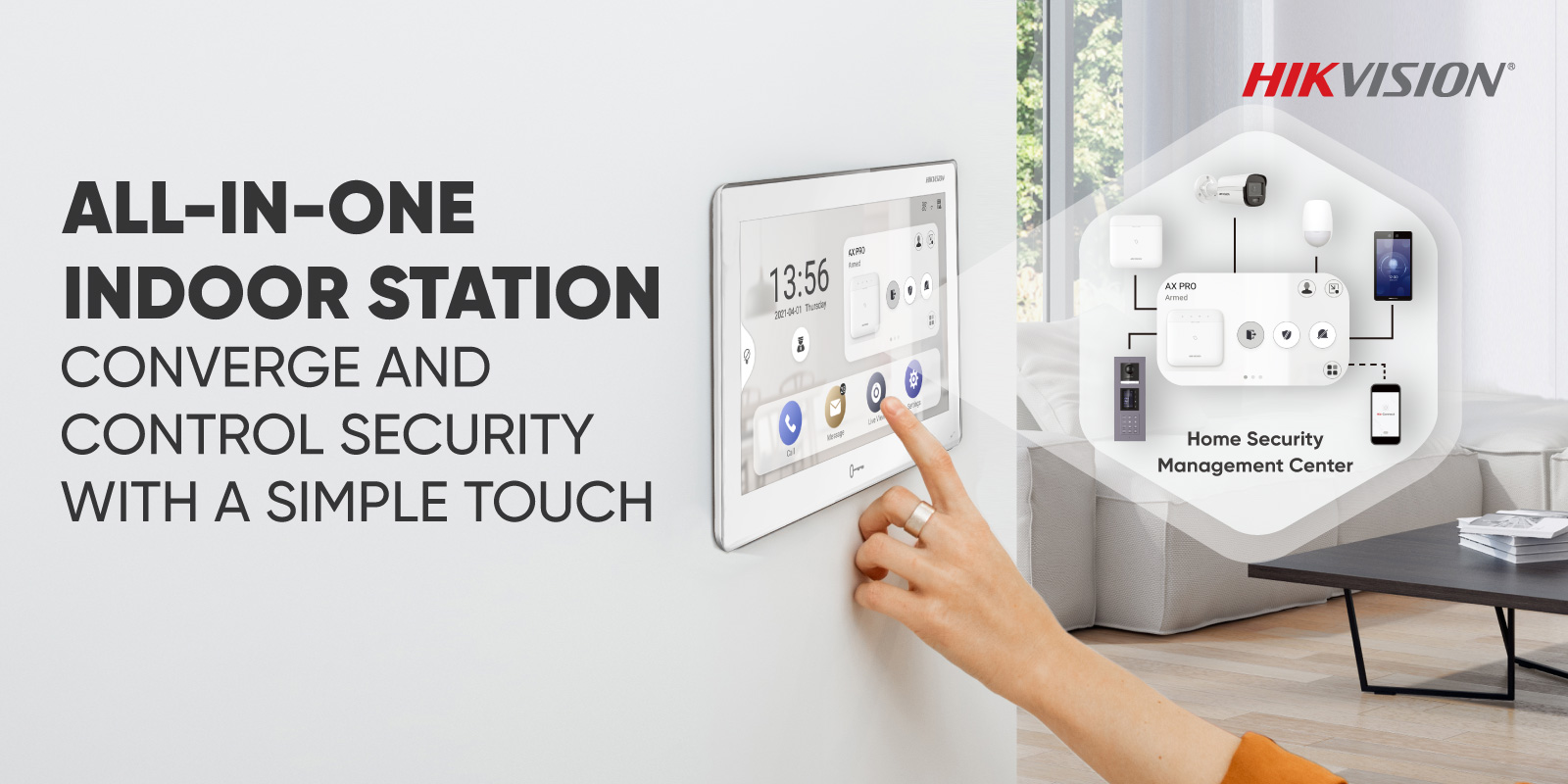No products in the cart.
Designing the Perfect CCTV Layout for a Nursing Home: Camera Placement Guide Leave a comment
Installing a CCTV system in an aged care facility is not just about choosing high-quality cameras — it’s about placing them in the right locations to maximise safety, privacy, and operational oversight. Poor placement can result in blind spots, legal compliance issues, and ineffective monitoring.
In this article, we’ll explore how to design an optimal CCTV layout for nursing homes, with a focus on safety, consent, and functionality.
1. Objectives of CCTV in Aged Care Settings
Before installing any cameras, clarify the core goals of the system. Common objectives include:
-
Monitoring resident safety (e.g. falls, wandering)
-
Preventing and investigating elder abuse or neglect
-
Protecting staff and visitors from false allegations
-
Monitoring access points for unauthorised entry
-
Supporting compliance with industry and legal standards
These goals will help determine what areas require coverage and the type of cameras to use.
2. Priority Camera Locations
✅ Main Entrances and Exits
-
Monitor all ingress and egress of visitors, staff, and residents
-
Deter unauthorised entry or elopement of confused residents
-
Capture clear face shots for time-stamped review
Recommended camera types:
Fixed lens bullet or turret cameras with high resolution and wide dynamic range (WDR)
✅ Reception and Visitor Waiting Areas
-
Ensure a secure entry environment
-
Monitor visitor behaviour and interaction with staff
-
Review incidents or disputes at the front desk
Recommended features:
Audio support (if legally compliant), high-definition, wide-angle lenses
✅ Hallways and Corridors
-
Observe resident and staff movement throughout the facility
-
Detect loitering, falls, or aggressive behaviour
-
Essential for linking events across time and locations
Installation tips:
-
Position cameras at hallway junctions
-
Use corridor-optimised lenses (e.g., 9:16 aspect ratio)
✅ Common Lounges and Dining Areas
-
Ensure residents are being supervised during high-traffic times
-
Spot early warning signs of agitation or health distress
-
Record social interactions for incident review
Recommended cameras:
Turret or dome cameras with IR or colour night vision for dim evening hours
✅ Medication Storage and Administration Rooms
-
Prevent unauthorised access to medical stock
-
Monitor medication handover processes
-
Support medication incident investigations
Compliance note:
Ensure footage is only accessed by authorised staff and stored securely.
✅ Perimeter and Outdoor Areas
-
Monitor outdoor sitting spaces, carparks, and garden exits
-
Prevent trespassing or resident wandering beyond safe areas
-
Capture activity during early morning or late evening shifts
Ideal camera types:
IP67-rated outdoor cameras with infrared, starlight or colour night vision
3. Areas to Avoid or Monitor with Caution
CCTV should not be used in:
-
Bathrooms and toilets
-
Resident bedrooms (unless consent is provided)
-
Private clinical consultations
-
Staff change rooms
If bedroom monitoring is medically necessary (e.g., for fall-risk residents or end-of-life care), you must obtain written consent from the resident or guardian and implement strict access controls.
4. Tips for Optimal Layout Design
Avoid Blind Spots
-
Use overlapping fields of view where possible
-
Review potential obstacles like doors, curtains, or furniture
Respect Lighting Conditions
-
Install cameras with WDR in areas with backlighting (e.g., near windows)
-
Use IR or low-light tech for dim corridors and outdoor zones
Position Cameras at Proper Heights
-
Indoor: 2.4 to 3 metres from ground
-
Outdoor: Higher for perimeter, lower for entrance face capture
Secure NVR and Power Sources
-
Store recording equipment in a locked communications cabinet or secure IT room
-
Use UPS backups to ensure footage continuity during outages
5. Central Monitoring and Integration
To streamline operations:
-
Connect all cameras to a centralised NVR (e.g. Hikvision or Dahua Pro series)
-
Use VMS software (e.g. Wisenet Viewer) to monitor multiple sites if needed
-
Integrate with intercoms, alarms, and access control for enhanced visibility
You can even allow families limited access to certain cameras with time-limited or role-based access (if consented and policy permits).
6. Staff Training and Maintenance
-
Ensure staff know where cameras are and how to report incidents
-
Train nominated personnel on footage retrieval and data handling
-
Schedule regular system checks for lens cleaning, time syncing, and recording validation
Conclusion: Thoughtful Design Leads to Safer, More Compliant Care
A well-designed CCTV layout is discreet, efficient, and ethical. It ensures maximum coverage where it matters most while protecting the dignity of residents and staying within legal boundaries.
By combining proper camera selection with strategic placement and clear policies, aged care facilities can create a surveillance system that builds trust, improves care, and enhances safety.





